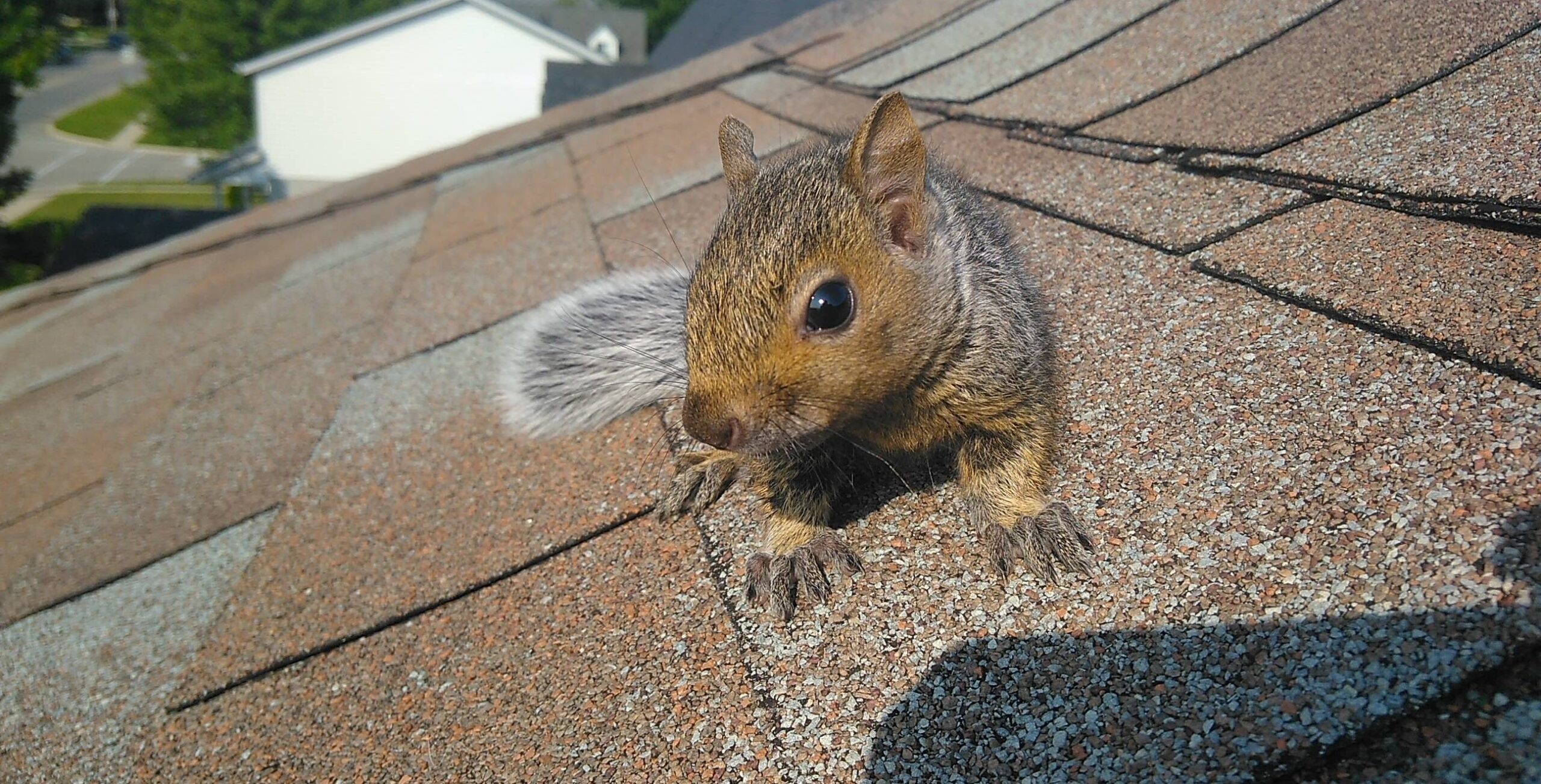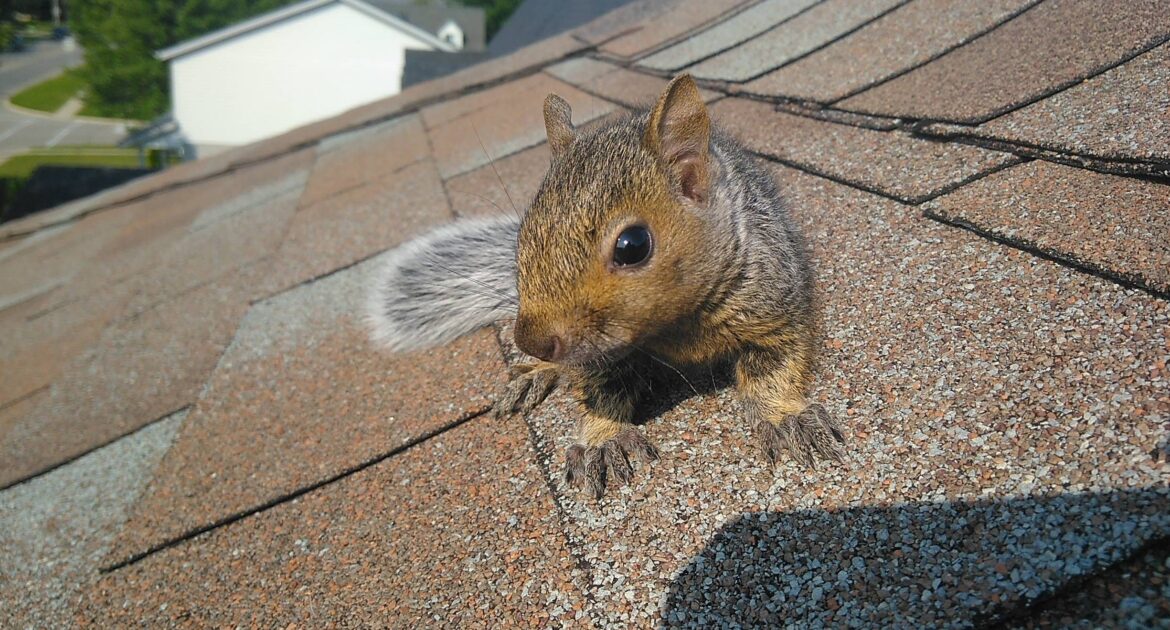As every Hamilton homeowner knows, our gardens are shared spaces—not just with the human families who tend them, but with the local wildlife that considers them a personal buffet. Squirrels in gardens have become a familiar sight across neighbourhoods from Dundurn to Stoney Creek. These bushy-tailed creatures can be entertaining to watch, but they also present a genuine dilemma for gardeners: are they friends providing ecological benefits, or foes destroying your carefully cultivated plants?
At Skedaddle Humane Wildlife Control, we’ve spent over three decades helping Hamilton residents navigate their relationships with local wildlife, including managing interactions with garden squirrels. Whether you’re finding freshly planted bulbs dug up or tomatoes with mysterious bite marks, understanding how to coexist with these persistent rodents requires both knowledge and strategy.
Understanding Squirrel Behaviour in Your Garden
Squirrels are visitors with purpose, not intruders by chance. Understanding their natural behaviours helps explain what draws them to your outdoor space.
Seasonal Foraging Patterns
Squirrels approach gardens differently depending on the season:
- Spring: They dig up bulbs and seeds you’ve just planted, often mistaking them for nuts they buried the previous fall.
- Summer: They target ripening fruits and vegetables, especially tomatoes, strawberries, and corn.
- Fall: Their activity intensifies as they prepare for winter, collecting and burying nuts and seeds throughout your garden beds.
- Winter: Though less active, they still dig in soil and mulch searching for their stored food caches.
Food Seeking behaviour: With excellent spatial memory, squirrels recall hundreds of nut-burying locations. When digging in your garden, they’re often seeking previously stored food rather than intentionally damaging your plants.
Nesting Materials: Beyond food, squirrels collect soft plant material for nests. Those missing strips of bark from your trees or shredded plant stalks might be decorating a nearby squirrel’s nest.
Assessing Squirrel Garden Damage: What to Look For
Recognizing distinctive signs of squirrel activity is crucial in evaluating whether they’re causing problems in your garden.
Common Signs of Activity
- Shallow digging marks: Unlike deeper tunnels from moles or voles, squirrels create small, shallow holes about 1-2 inches deep when searching for or burying food.
- Half-eaten fruits: They often take just a few bites from fruits and vegetables rather than consuming them entirely.
- Missing bulbs: Freshly planted tulips, crocuses, or other bulbs often disappear overnight when squirrels are nearby.
- Scattered potting soil: Container gardens show evidence of digging with soil scattered around the pot.
- Tooth marks on produce: Clean, angled cuts on fruits and vegetables display the distinctive pattern of rodent incisors.
Infrastructure Impact: Beyond plant damage, squirrels can affect physical elements of your garden by chewing through irrigation lines, gnawing on wooden raised beds, or damaging garden furniture as they keep their teeth filed down.
Seasonal Severity: Squirrel impact peaks in early fall as they’re actively storing food for winter. Increased disruption from August through October suggests their involvement.
The Surprising Benefits of Squirrels in Your Garden
Before launching a campaign against these furry visitors, consider that their presence offers several ecological services.
- Forest Regeneration Helpers: Squirrels are nature’s gardeners. When they bury nuts and seeds, they often forget some caches, leading to tree and plant propagation. Many of Hamilton’s oak and walnut trees likely started as forgotten squirrel caches.
- Natural Aeration: Their digging helps aerate compacted soil, allowing better water penetration in garden beds.
- Pest Control Partners: While causing mischief, they also consume pests like grubs and certain insects, aiding in controlling beetle larvae that damage lawn roots.
- Ecosystem Balance: As prey animals, squirrels support local hawks, owls, and other predators, maintaining a balanced garden ecosystem.
Effective Strategies for Protecting Gardens from Squirrels
To address squirrels transitioning from visitors to problems, humane and effective strategies can deter damaging behaviours while allowing ecological roles to persist elsewhere.
Physical Barriers and Deterrents
Creating physical boundaries between squirrels and prized plants provides reliable protection:
- Mesh coverings: Install fine wire mesh over newly planted bulbs or around young trees to prevent digging and gnawing.
- Raised bed protection: Secure hardware cloth beneath soil in raised beds to create an underground barrier against digging.
- Netting systems: Drape bird netting over fruit trees and berry bushes during ripening seasons to deter access.
- Bulb cages: Plant bulbs inside wire mesh cages to allow growth while protecting them from being dug up.
Smart Plant Selection: Selecting plants naturally repelling squirrels due to strong scents or textures can help:
- Resistant Plants: Daffodils, alliums, hyacinths, and fritillaria tend not to suffer damage due to unpalatable tastes.
- Aromatic Herbs: Mint, garlic, onions, or strong herbs like rosemary and sage can create natural deterrents around vulnerable plants.
Sustainable Management Techniques
Beyond exclusion, many Hamilton gardeners succeed with strategies modifying squirrel behaviour.
The Distraction Method
Creating designated “squirrel zones” redirects activity from prized plants:
- Install dedicated feeding stations at the garden perimeter to satisfy food needs away from vegetables and flowers.
- Plant sacrificial crops in less visible areas that squirrels can enjoy without disrupting your garden.
- Provide alternative nesting materials like small piles of leaves or twigs in remote garden corners.
Natural Predator Encouragement
Attracting natural predators creates a self-regulating ecosystem managing squirrel populations:
- Install owl nesting boxes in tall trees to encourage efficient hunters.
- Create hawk perches by installing tall posts with crossbars for birds of prey.
- Welcome neighbourhood cats, which though not catching many squirrels, may deter frequent visits.
Motion-Activated Deterrents: Utilizing humane solutions like motion-activated sprinklers startles squirrels with bursts of water upon entering protected zones.
When to Consider Professional Wildlife Management
Despite best efforts, some squirrel issues can escalate beyond DIY methods. Here are signs to call Skedaddle Humane Wildlife Control:
- Population Explosion: A dramatic number increase indicates a potential den site or unnatural feeding source nearby.
- Property Damage Extension: Extending damage to structural home elements like soffits, attics, or garages.
- Failed Multiple Interventions: Provision of no improvement despite various deterrents over several weeks.
- Health and Safety Concerns: Displaying unusual behaviours such as aggression or visible illness.
Our licensed wildlife technicians bring expertise in behaviour and professionally installed exclusion methods, resolving severe garden issues. If you’re struggling with squirrels in your Hamilton garden, contact Skedaddle today for professional, humane solutions ensuring your garden thrives.




